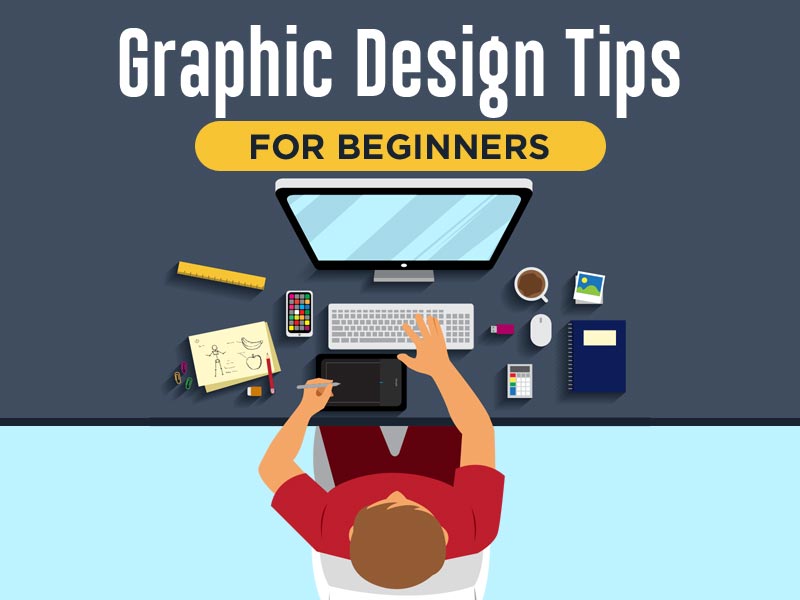How is everyone? I hope your area of interest is going well.
Are you looking for the best jobs in graphic design? Well, you are not alone in the queue. There are a lot of people like you trying hard to find a job in graphic design.
So, if you want to stand out from the crowd, you need to learn specific skills in the design industry and show your interviewer that you are the best person for their company.

https://markustudio.com/
After participating in countless design projects for small businesses through Markustudio. If you need help for graphic designer manchester or staying consistent with your branding, our team of experts is here to assist you. We’ll work with you to create a unique and unforgettable Graphic design that will help you stand out from the competition. With the sole goal to deliver original and quality services, Markustudio has grown rapidly, a freelance web designer in Manchester providing web design, logo branding, print, SEO and digital design services.
There is no way to get into the graphic design business. But if you are determined enough to beat the competitor, you need to be focused on one path and work hard, with passion and determination, to get there.
I have written down some of the best tips I can think of to help you get started in graphic design. Scroll down to see the tips and start your graphic design career to reach your goals by taking advantage of the chance in front of you.
Six tips for people who are just starting out in the design industry.
Tip 1 – Pay attention to your portfolio.
It’s important to make an impressive portfolio because it will determine whether you get hired or not for a graphic design job.
Try to show digital work, and use this space to show off your best work. Also, try to avoid bad or incomplete content, which can make you look like a beginner. So, you need to pay attention to your portfolio and the work you’ve done so far.
Tip 2 – Be active on social media
You might be wondering why you need a social presence for your career, but my dear, it is important to get your name out there because it will make it easier for your recruiter to find you. But don’t get too excited when you hear this, because you need to be professional on all social networks.
Also, you should work on your graphic design skills and try to get known in the world of design. The best place to show off your skills and work would be on LinkedIn. So it’s a good idea to join LinkedIn and try to connect with recruiters.
Step 3 – Start a side project
It’s a good idea to work on side projects, which could be anything: eBooks, postcards, CMS themes, etc.
Yes! Doing a project on your own can be risky, but I think it will also help you a lot in your interviews and be worth it. Try out different tools and use your imagination to make something amazing.
Tip 4 – Get an internship
Getting an internship is a smart move. Whether you work in a design studio or an in-house department, you’ll learn a lot and get good experience that will help your career as a graphic designer.
You’ll also learn about the organization for graphic designers and how it works. Also, you learn how to get work done for clients. You’ll also get a chance to show off your graphic design skills and make a commitment to the company. One can also learn how to work under stress and meet the project deadlines.
Tip 5 – Use portfolio websites
There are hundreds of sites like Behance, DeviantArt, Dribble, and cargo that can help you. All of these are great ways to show off your graphic design work.
Remember that uploading just one or two pictures won’t work, or that it doesn’t mean that anyone will be able to see your work. So try to match your uploads with posts on your personal website that explain or support them.
It’s a great way to be active on the web and uses different channels to get your message out and help you work out. Because you never know who will give you a chance and ask you to work with them. So, never put quantity ahead of quality. Put forward your best foot.
Tip 6 – Do something.
Experience is very important in the design field, so if you just got your degree and are looking for a job in design, you can do freelance graphic design on the side. It has two benefits. First, you’ll know how things work, how to handle projects, and how to meet deadlines.
Two, you’ll gain experience that will look good on your resume. Believe me, it will work for you, and you will definitely pass your next interview for a graphic design job.
Also, you can get a certificate. As getting certified can help you understand the ideas, and you’ll be doing the work yourself.
To Summarize
I hope you’ve understood the tips I’ve given; if you use them, you’ll be able to ace your next interview for a job in graphic design. It is best to repeat all of the tips and show the recruiter why you are the best person for the job.
Also, Markustudio is here for you if you are having trouble finding a job in graphic design. You can schedule your interview by going to the Markustudio page. Markustudio will definitely help you reach the next step in your career.
